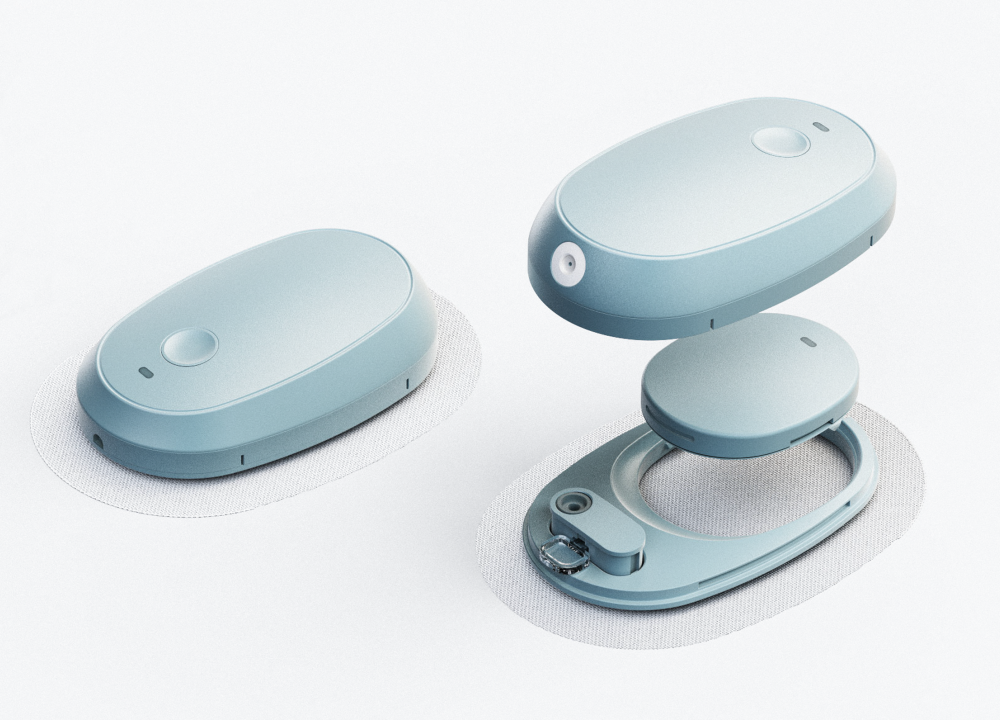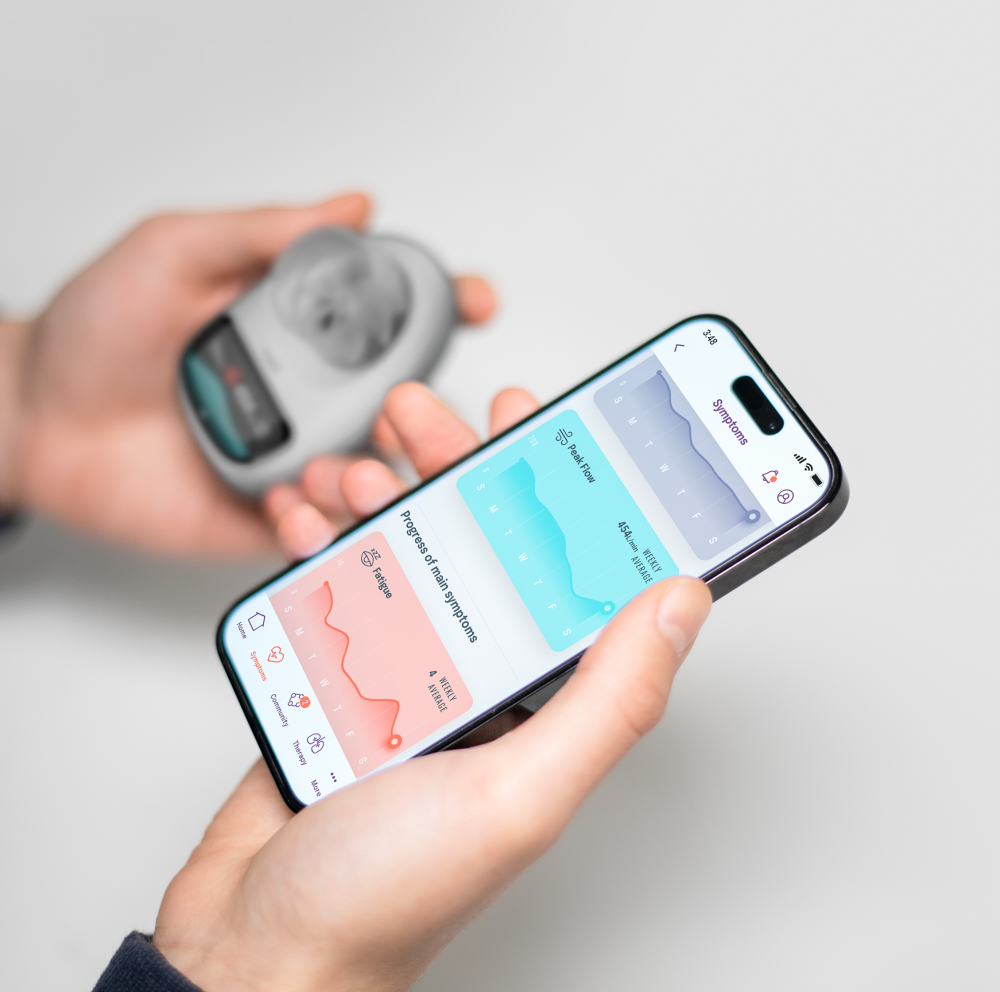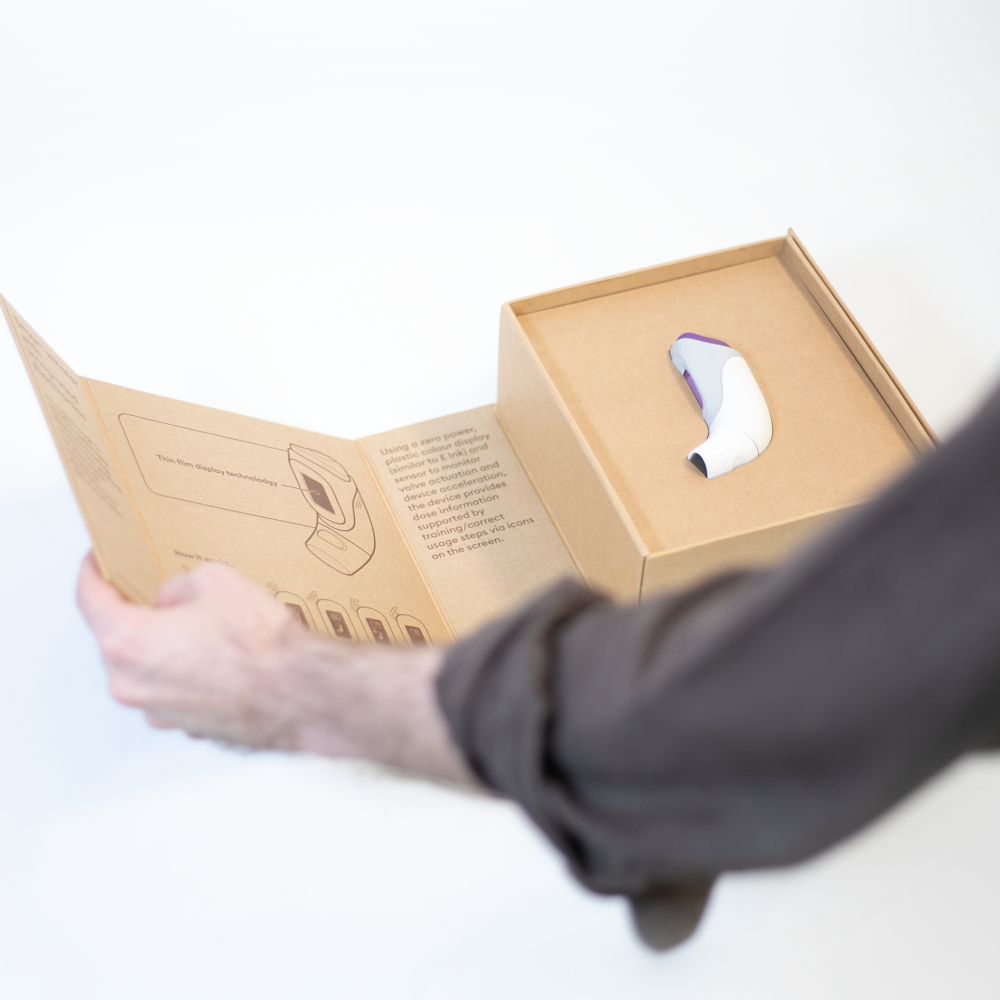Beautiful Design is Insight-Driven, Inclusive and Sustainable

We are driven by product design that positively impacts people’s lives and is developed responsibly. Our passion is to design products and experiences that are inclusive and sustainable, minimising their environmental footprint. For us, that is the true essence of beautiful human-centred design.
Our industry is in a position to help clients innovate and invent great things while minimising their impact on the environment. We need to collaborate, challenge, and innovate to deliver solutions and experiences that meet needs while ensuring the way we do it—including processes, methods, and materials—is sustainable. It’s a big responsibility and a tricky balance to achieve for all of us—here are the key ways Crux approaches it.
Early Insight
Spotting problems in the initial stages of a client project helps us significantly reduce downstream risk, saving valuable time, effort, energy and resources. We front-load projects with a mix of expertise, techniques and tools to smoke out problems. It’s easy to be carried away by a beautiful design that later on doesn’t work as needed, so we use highly sophisticated predictive modelling techniques to understand from the start how it will perform, say, along a high-speed filling line or in an eCommerce scenario for life sciences and on body drug delivery products. These techniques are in a highly repeatable virtual environment, allowing us to make constant changes to ensure a design is correct before we go on.
Adding resolution to early insights with Eye-Tracking
Apply Learnings Across Sectors
The consumer sector has been a pioneer in sustainable design. In particular, the Fast-Moving Consumer Goods (FMCG) world has incredibly advanced design optimisation, material use, manufacturing methods, circular design and loop systems. We look to apply this learning to other areas, such as the pharmaceutical and medical device sectors, which, like many other businesses, are under constant pressure to be more sustainable.
For example, they currently make widespread use of high-volume, single-use drug delivery devices, which, after use, are typically incinerated or end up in landfills.
Using Complementary Perspectives to Get the Design Right from the Start
We have become a team of 100+ specialists across core disciplines such as Usability & Human Factors, Design, Engineering, Technology, Applied Sciences, Software & Electronics and Project Management. Working together, these complementary lenses give us advanced insight from the start, enabling us to deliver inclusive design innovation that works.
A good example of a high-impact and relatively easy win from the FMCG sector is how component optimisation on injection-moulded parts can reduce material usage. On a high-volume product or device—say about 120 million units per year—a single gram of resin saved on a component can save approximately 27 dumper trucks of raw material annually and bring high cost and waste benefits.

The award-winning 'Inspire' concept - The Long Covid Rehabilitation Platform
Our thinking is grounded in a solid understanding of the people we are designing for. During these discovery phases, we can deploy specialist data capture capability to add extra layers of resolution and depth to our findings. This provides a rich starting point for our ideas and enables us to answer the question, “Are we designing the right product?” early on and, if we are, ensure we design it right. This minimises potentially expensive and wasteful changes later in development.
Sustainability Begins at Home
We realise that responsibility is not just part of our work with clients and try to build it into everything we do. It’s an ongoing task, but we hope we are making some good progress. We were fortunate to have been able to design our own offices, with environmentally conscious factors being a chief influence. For example, our roof is covered with the latest solar panel technology, which provides for much of our energy consumption.

A step in the right direction for sustainably focused packaging when delivering models and prototypes
We also have an internal sustainability team charged with regularly auditing our operations and identifying improvements to help us get closer to our carbon-neutral ambition. They review all our activities and have helped us make some important shifts. Technology, for example, plays a vital part in our business, and the team has implemented green computing choices to reduce the environmental impact of all our computers. They have prompted us to shift to card packaging for physical models and prototypes sent to clients. They have ensured that we provide monthly bike maintenance and energy-efficient showers to encourage colleagues to have a carbon-free and two-wheel commute.
Being ever more sustainable is an ongoing challenge for everyone. The product design industry can have a huge impact in this area, and we have summarised the key ways in which Crux can strive to achieve this.
We remain committed to creating beautiful, sustainable, and inclusive designs that positively impact people’s lives while minimising environmental footprint. By using our expertise, applying learnings across sectors, and embracing sustainable practices in our work and within our organisation, we aim to lead the way in responsible product design and development.
We’d love to share more and find out what you are doing, so please get in touch.